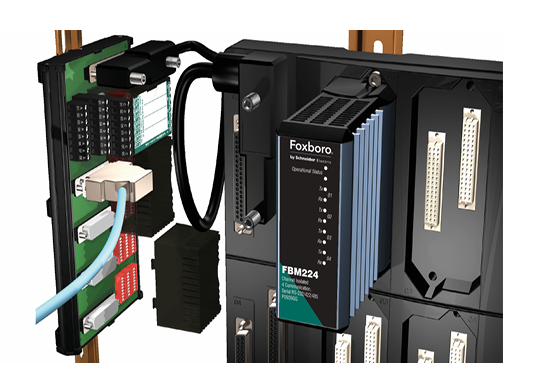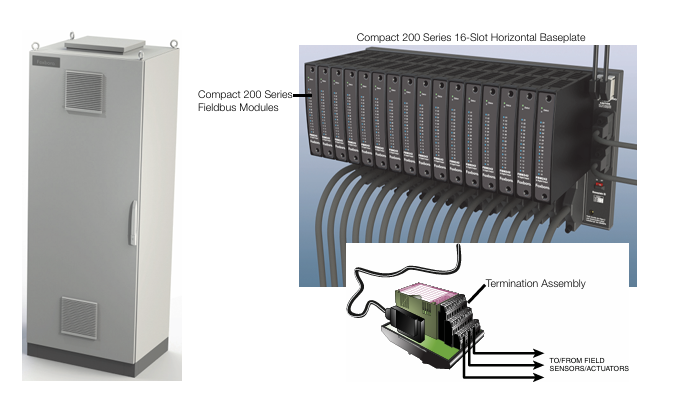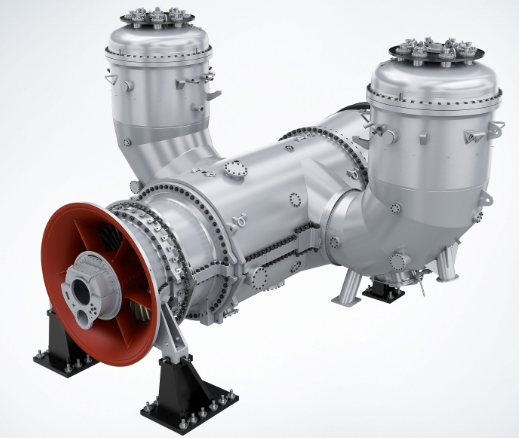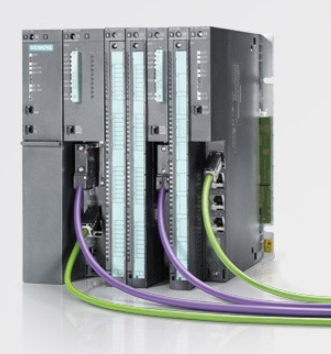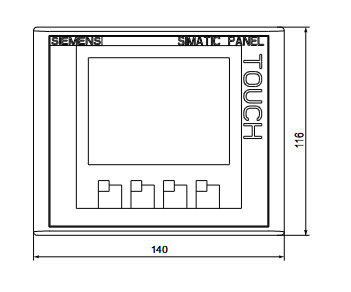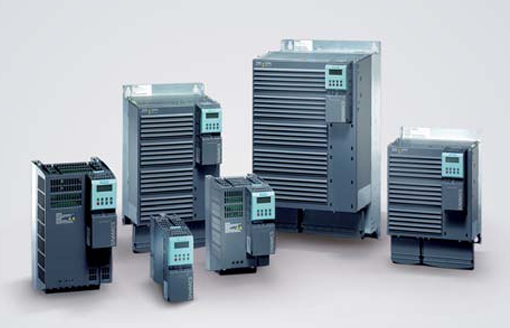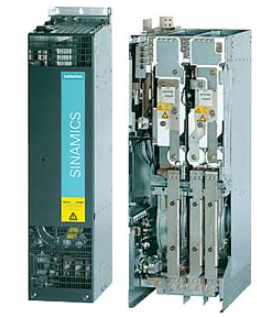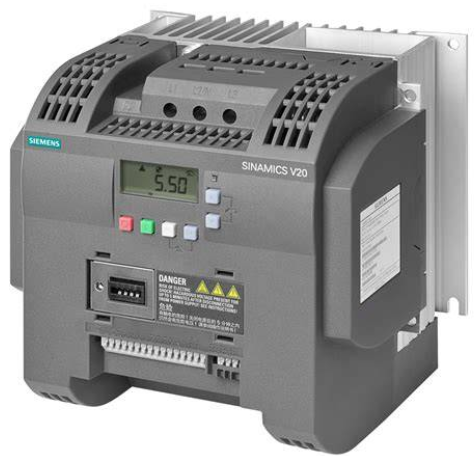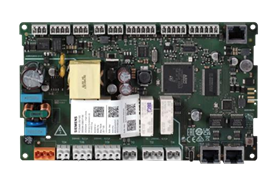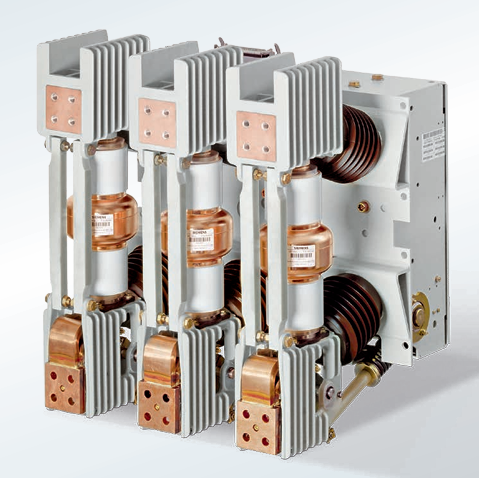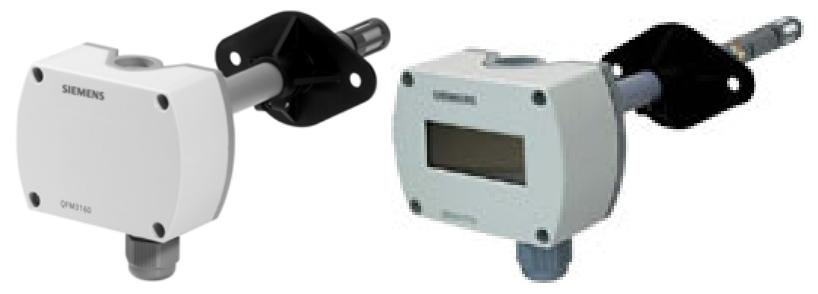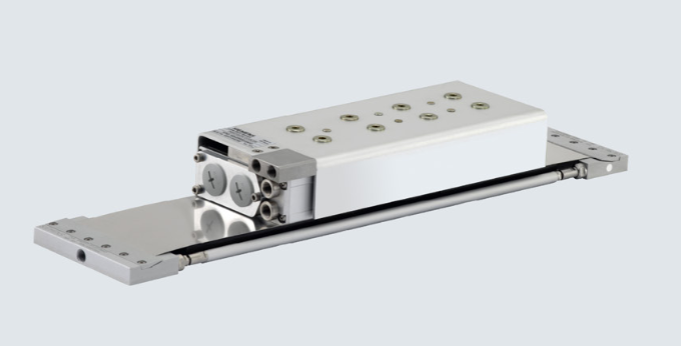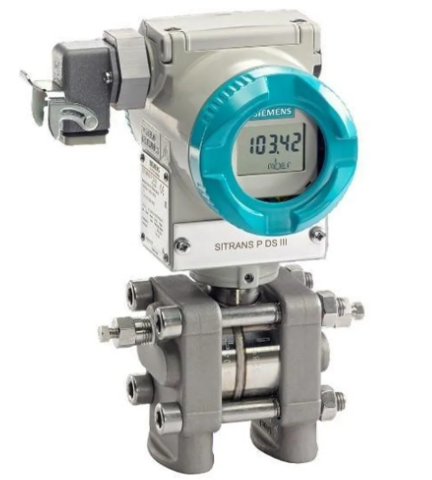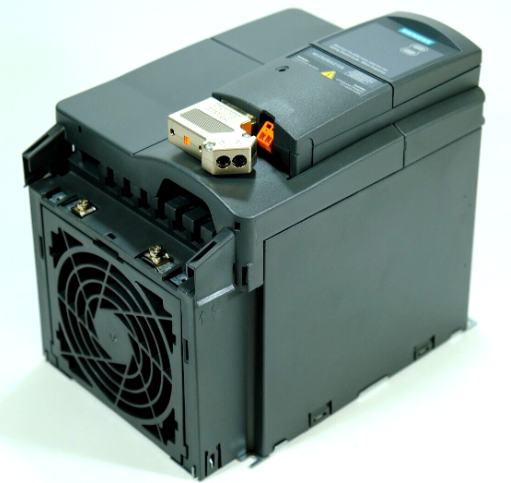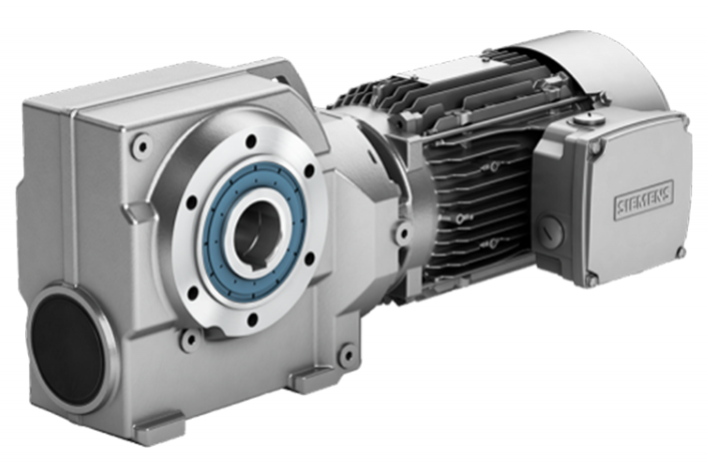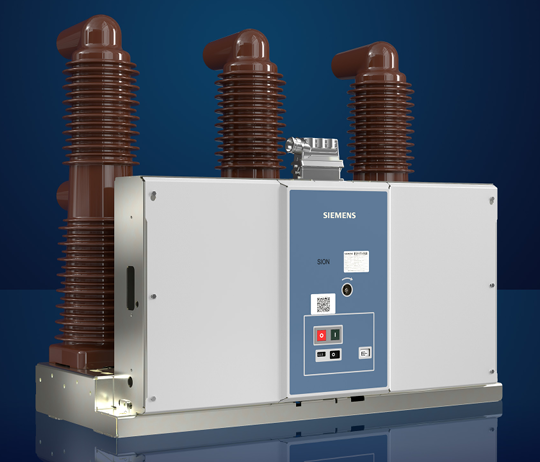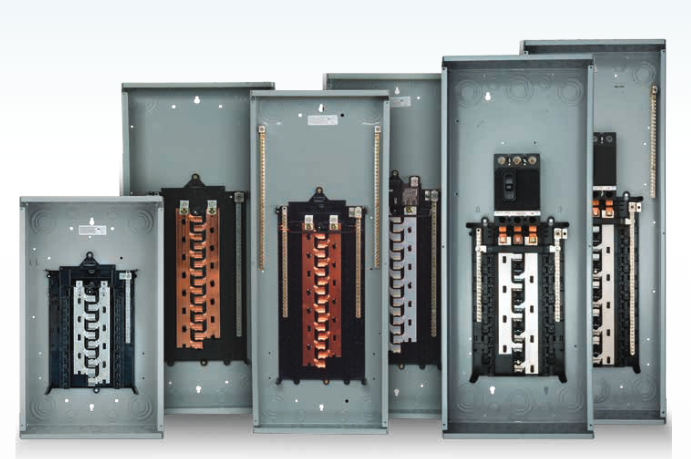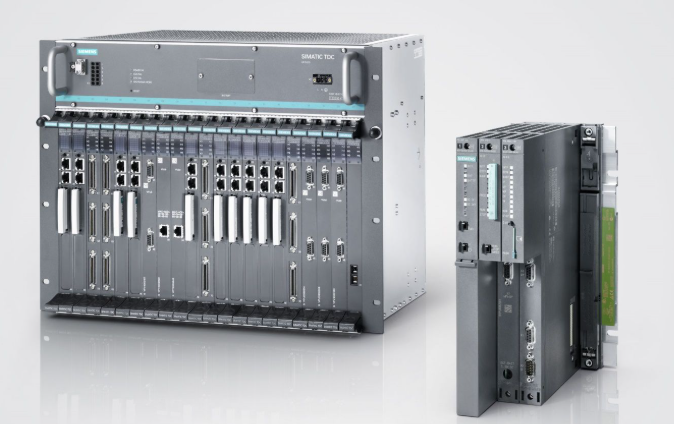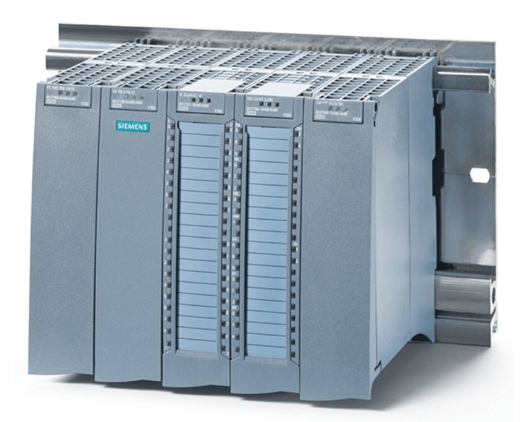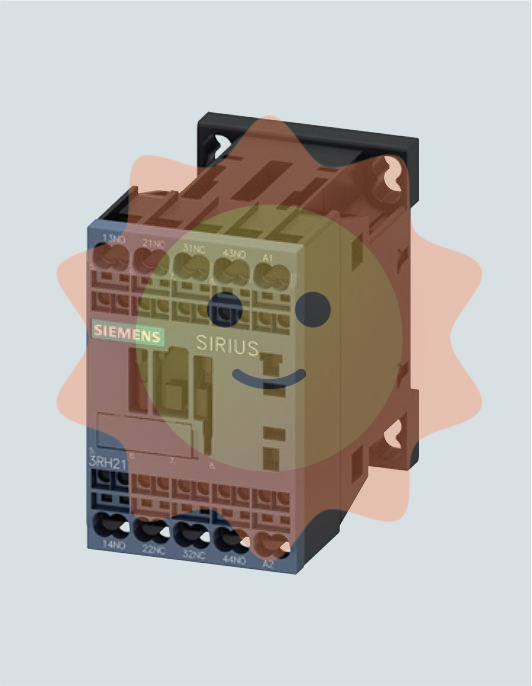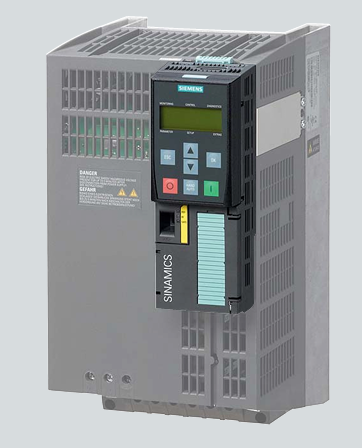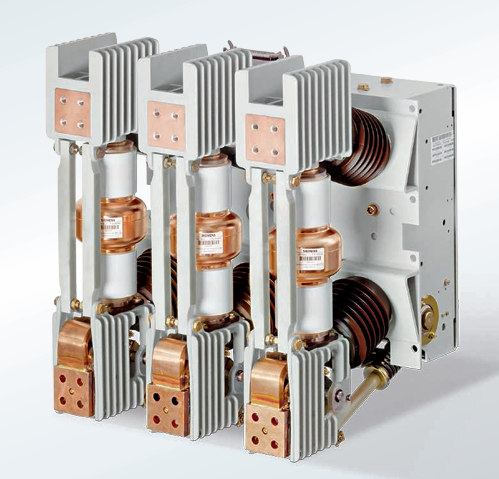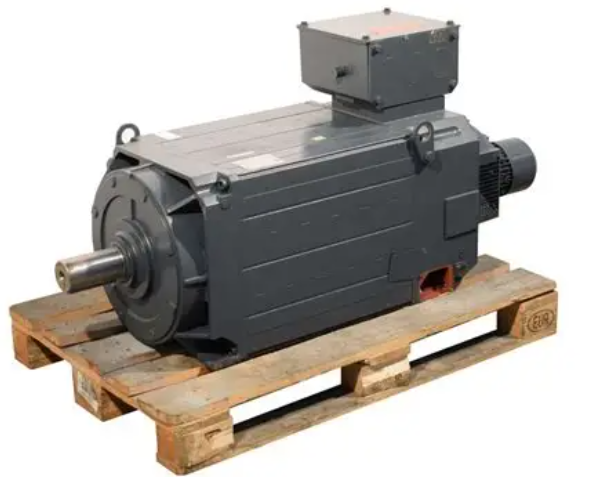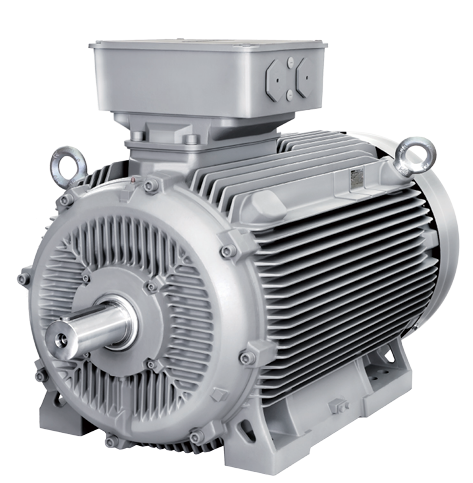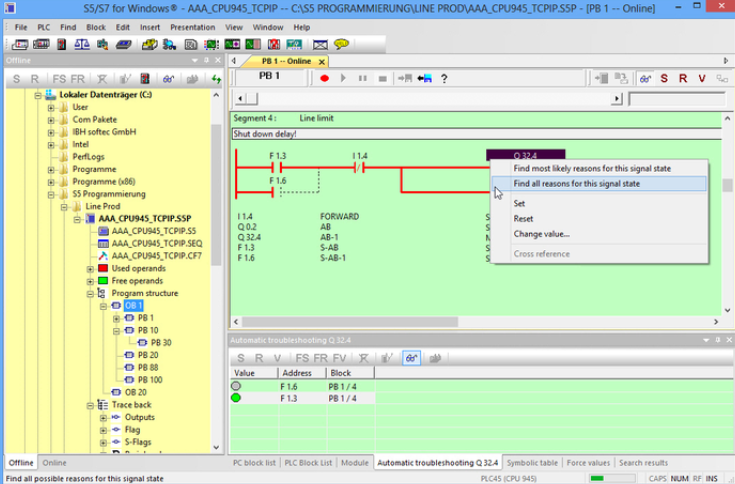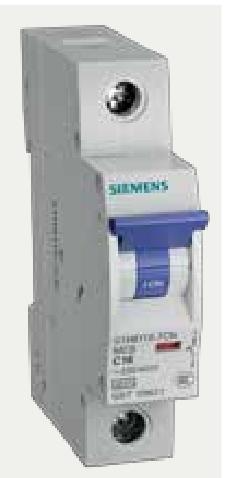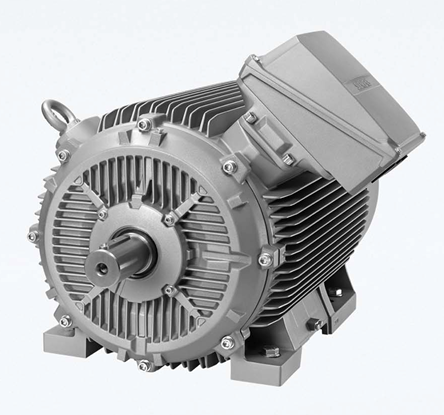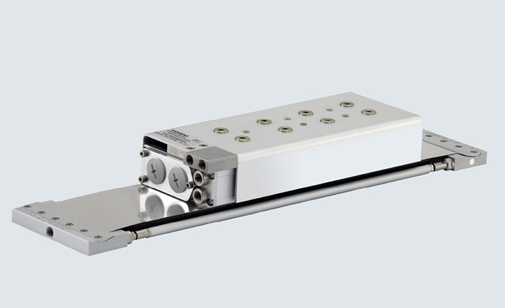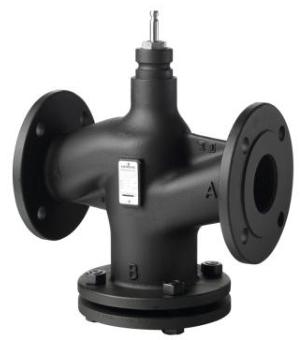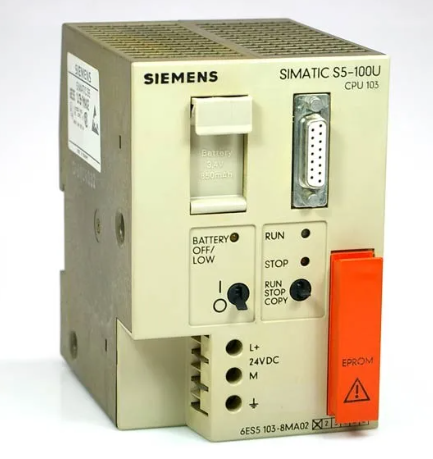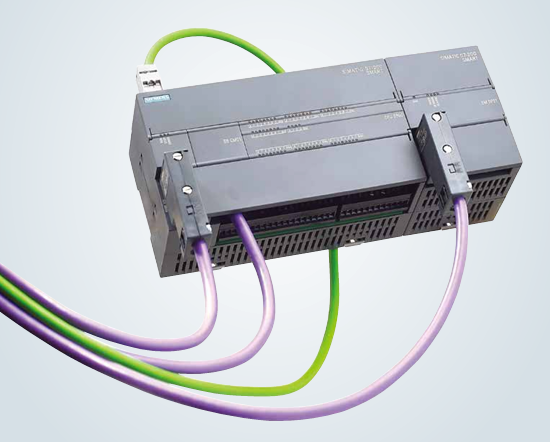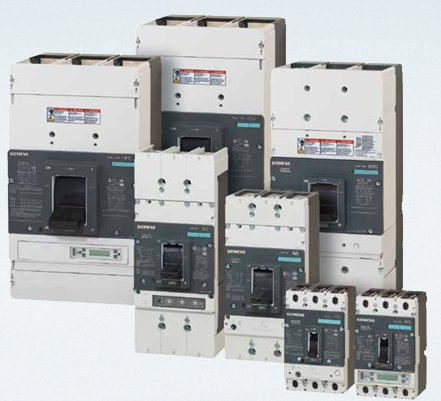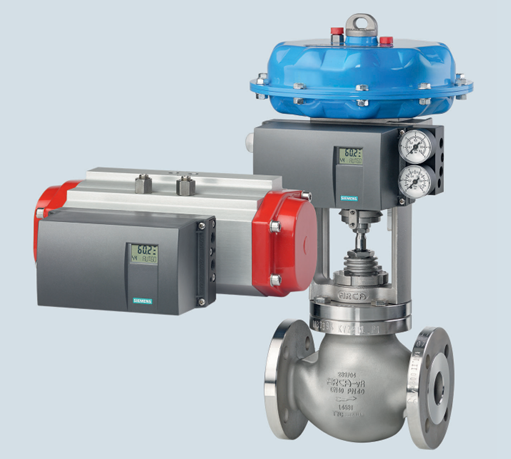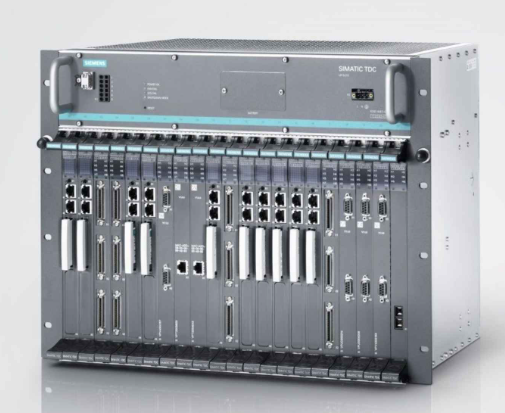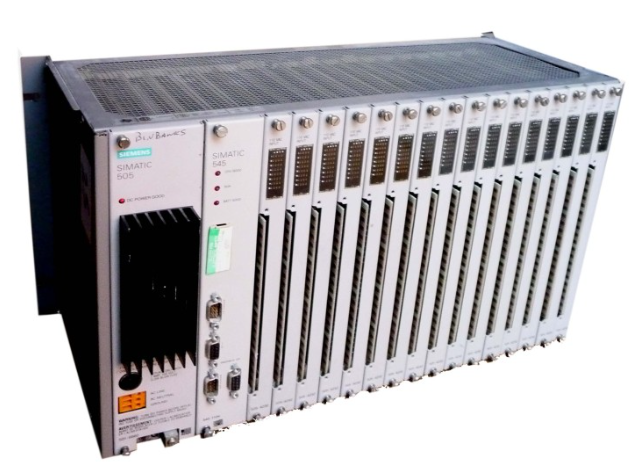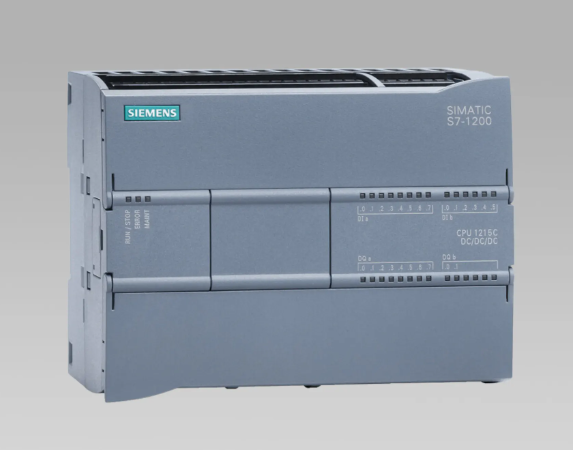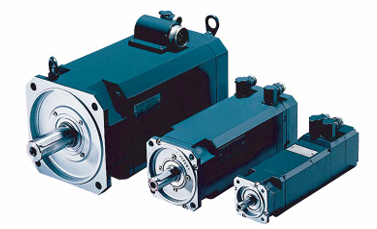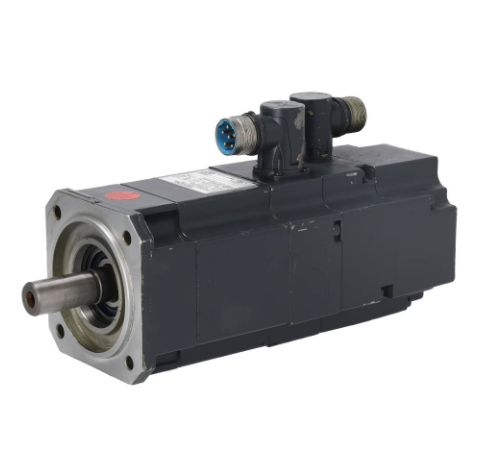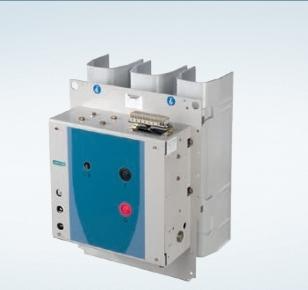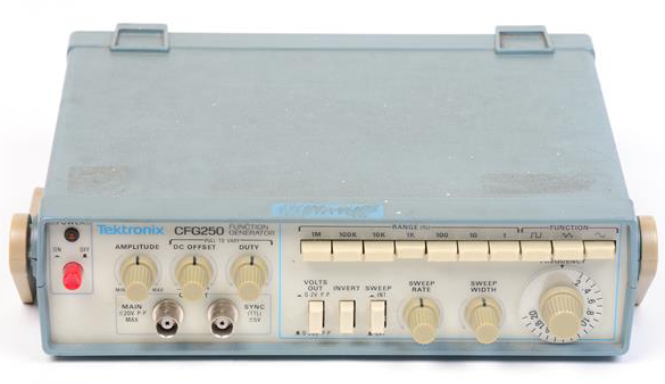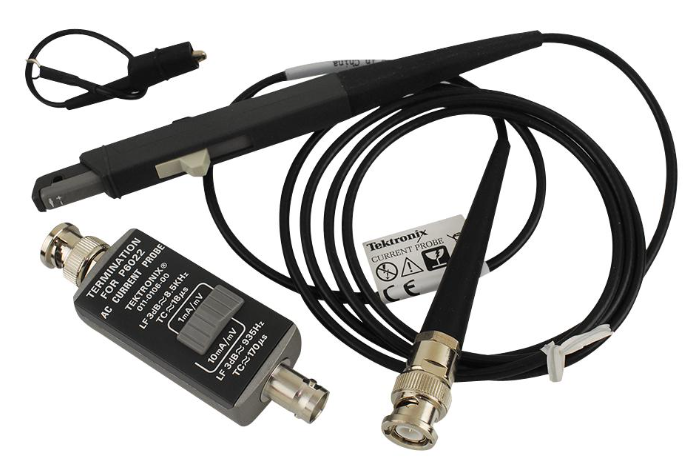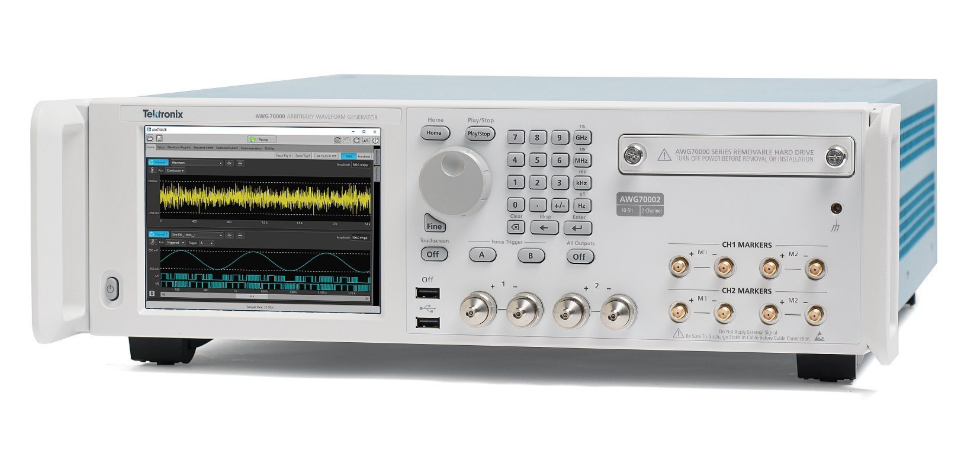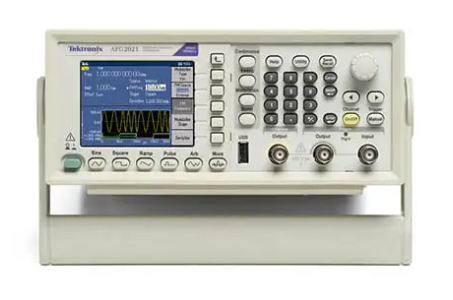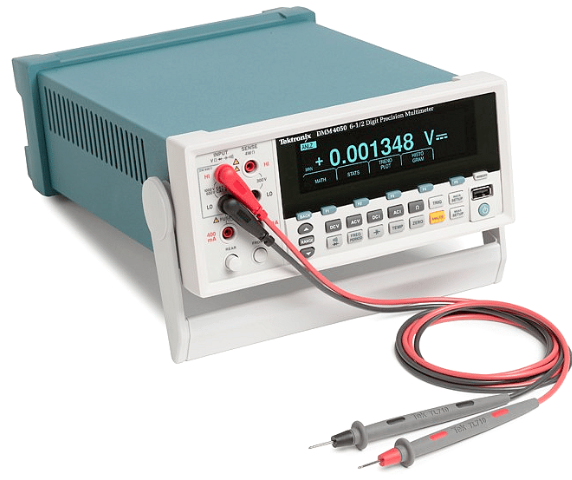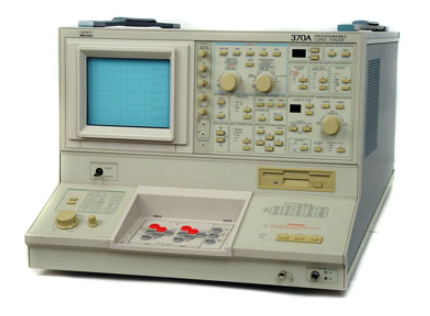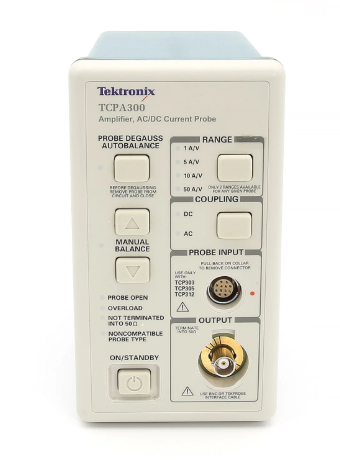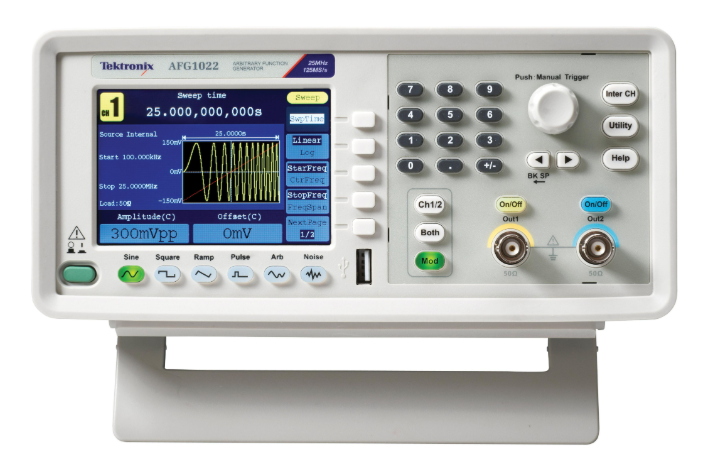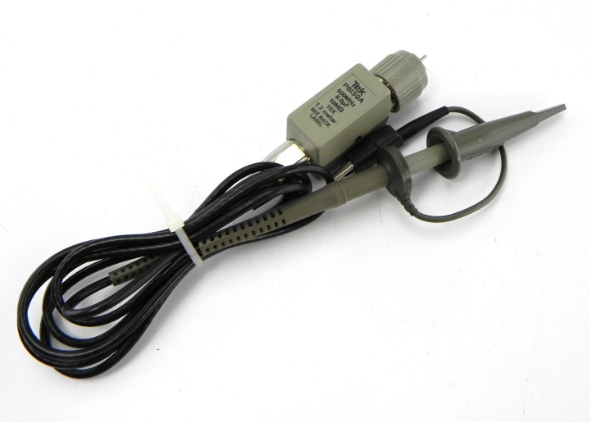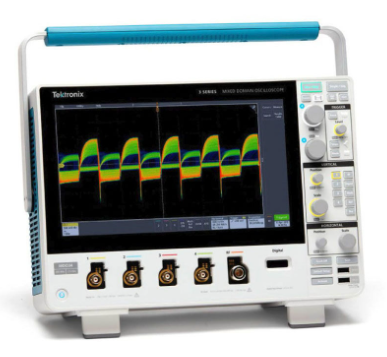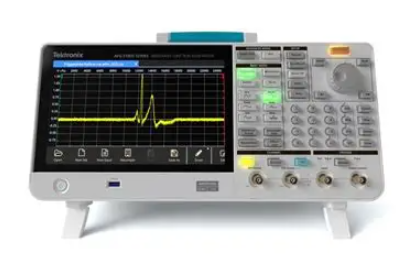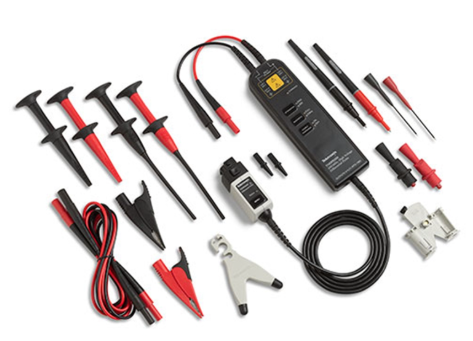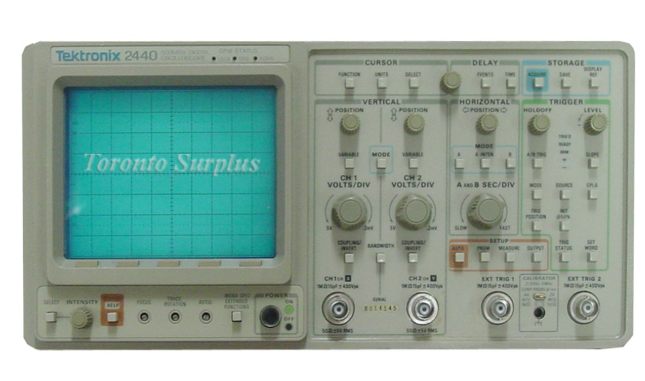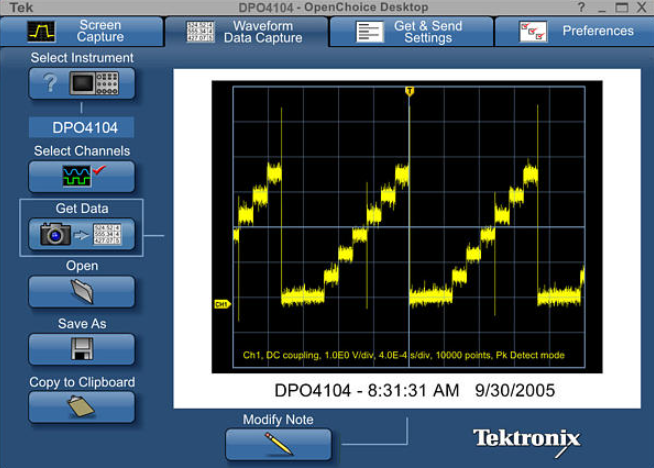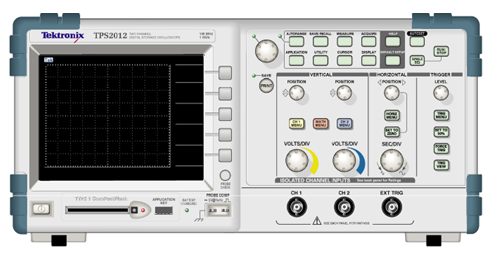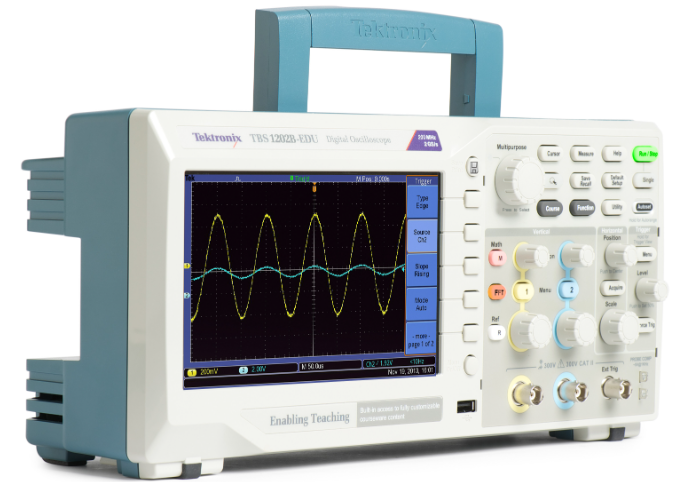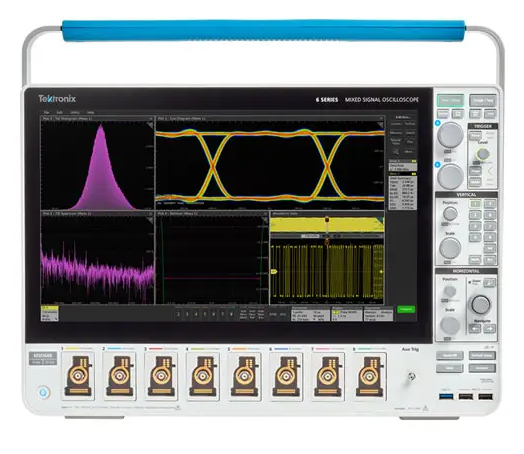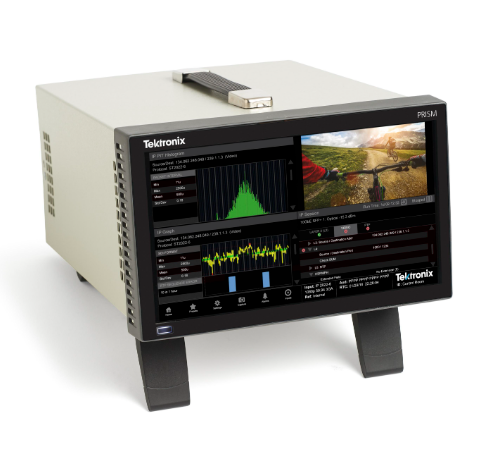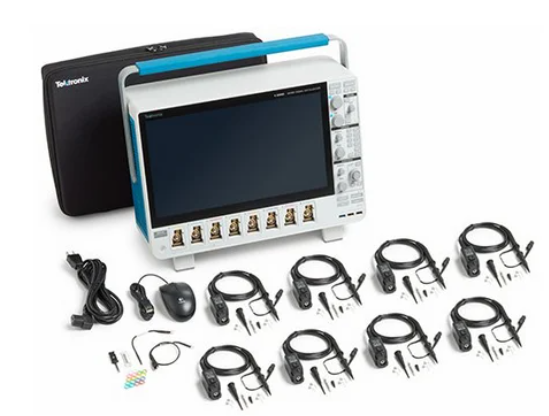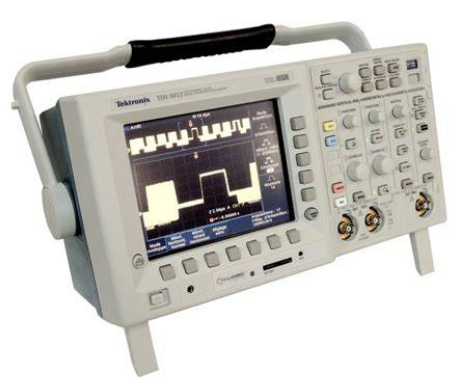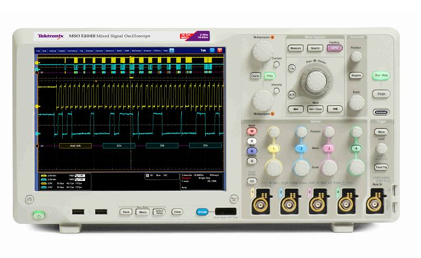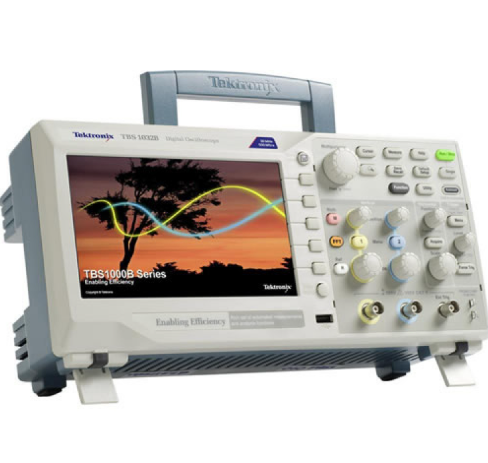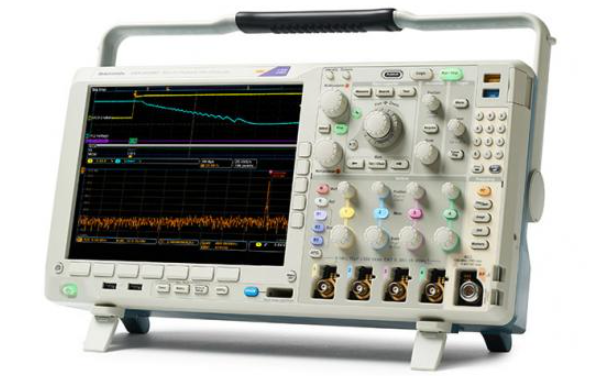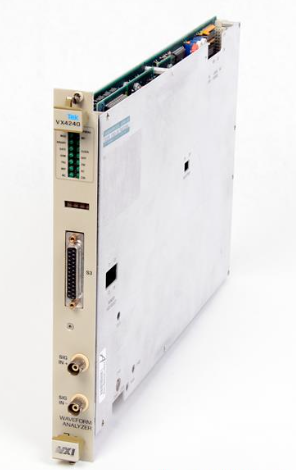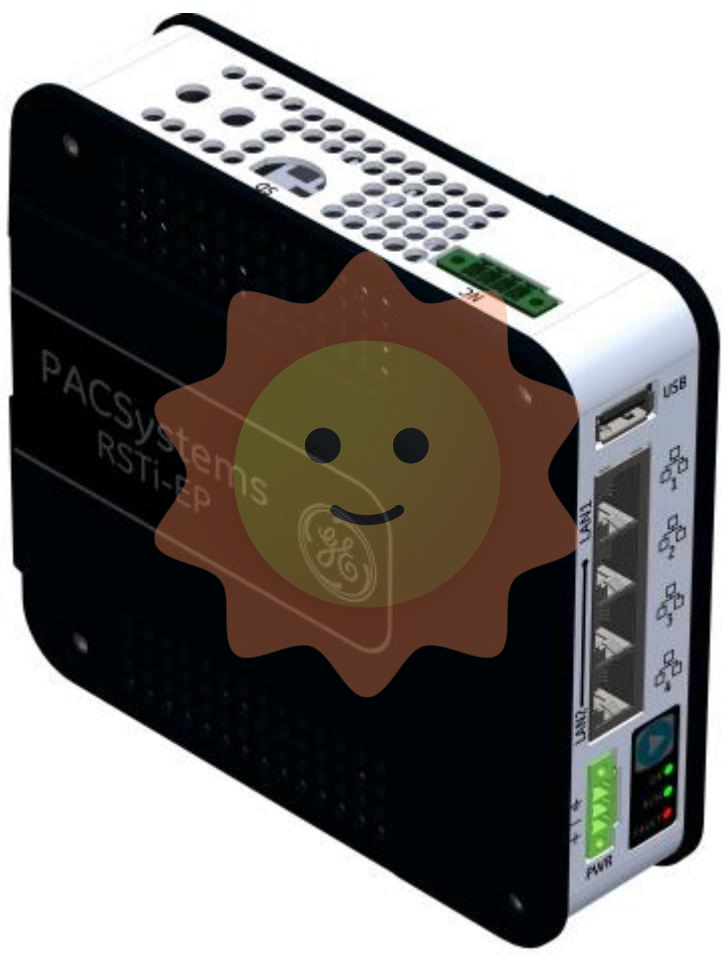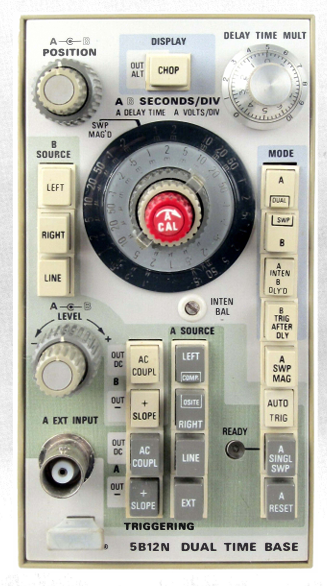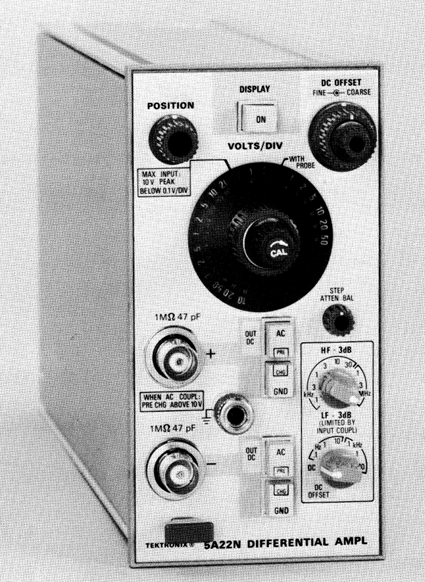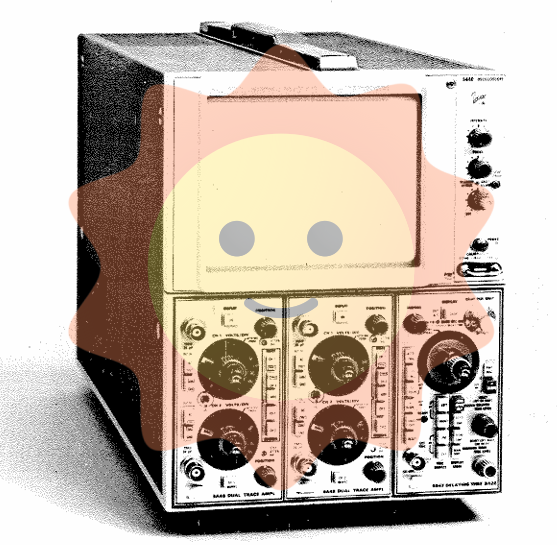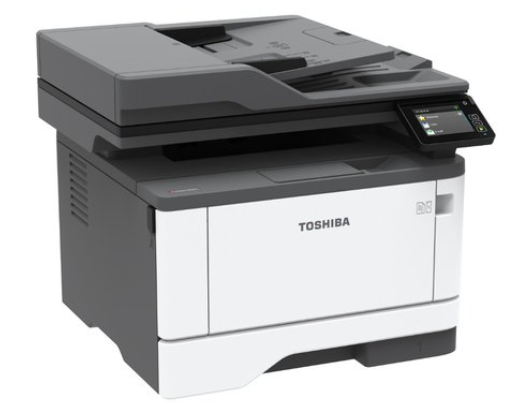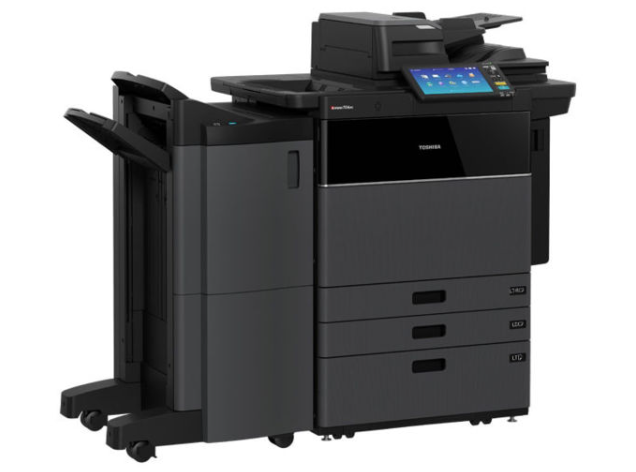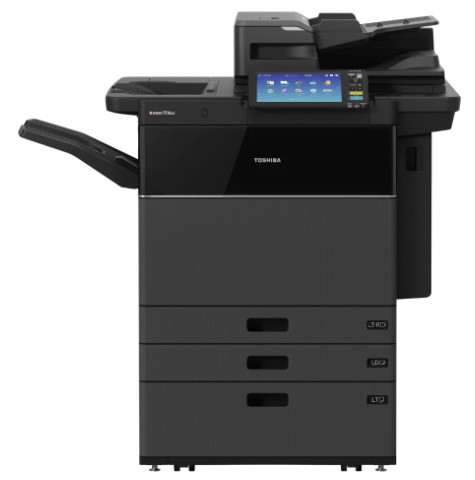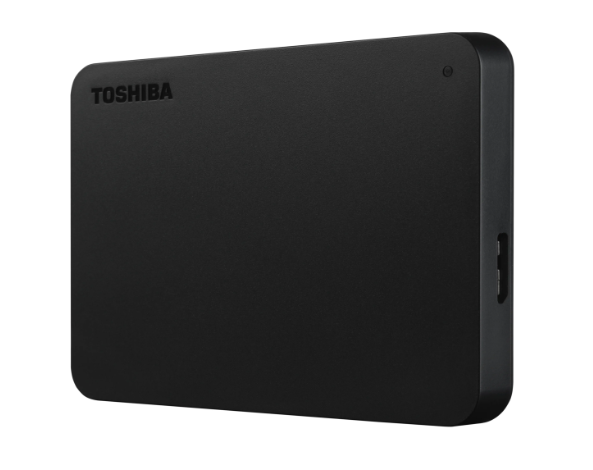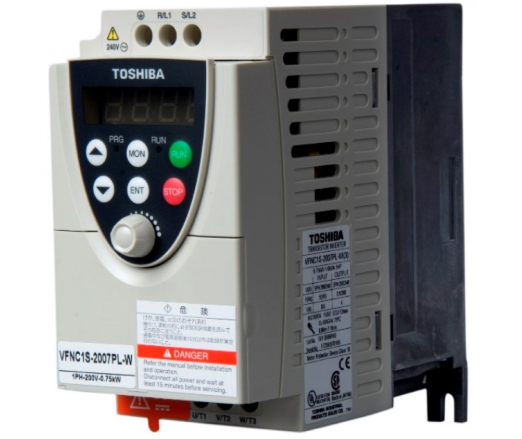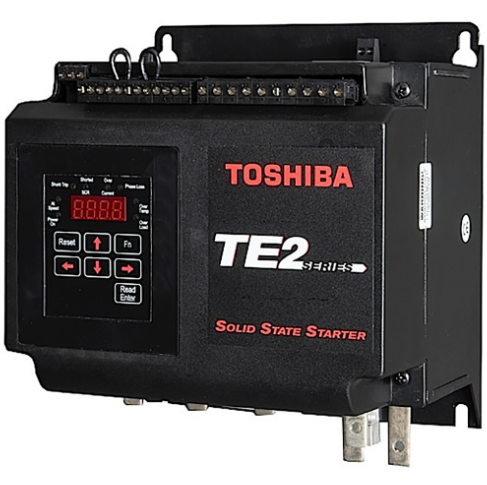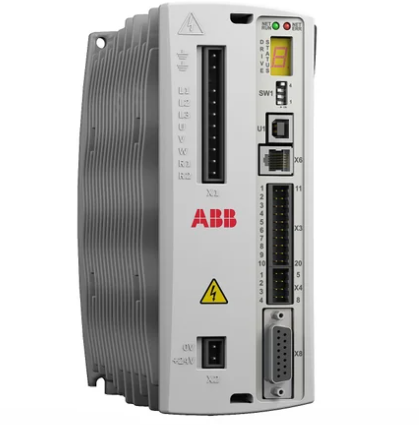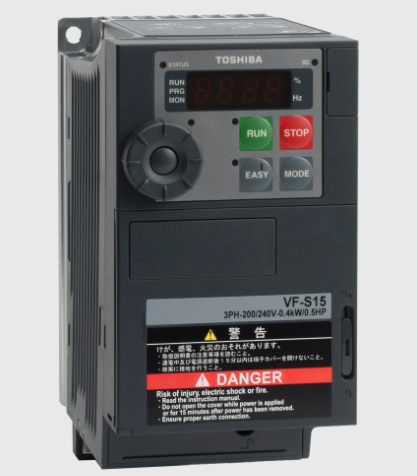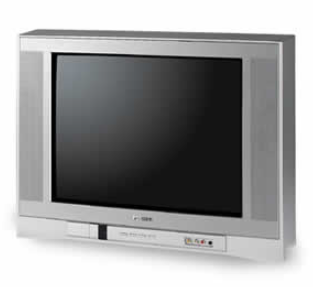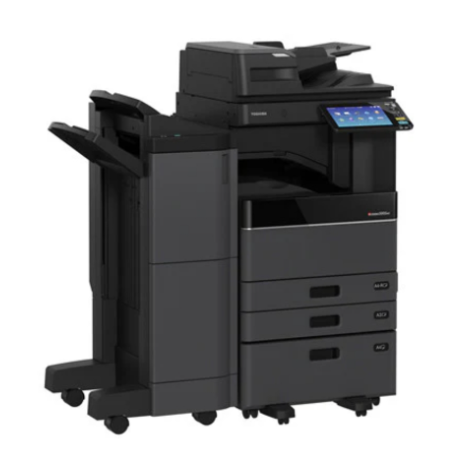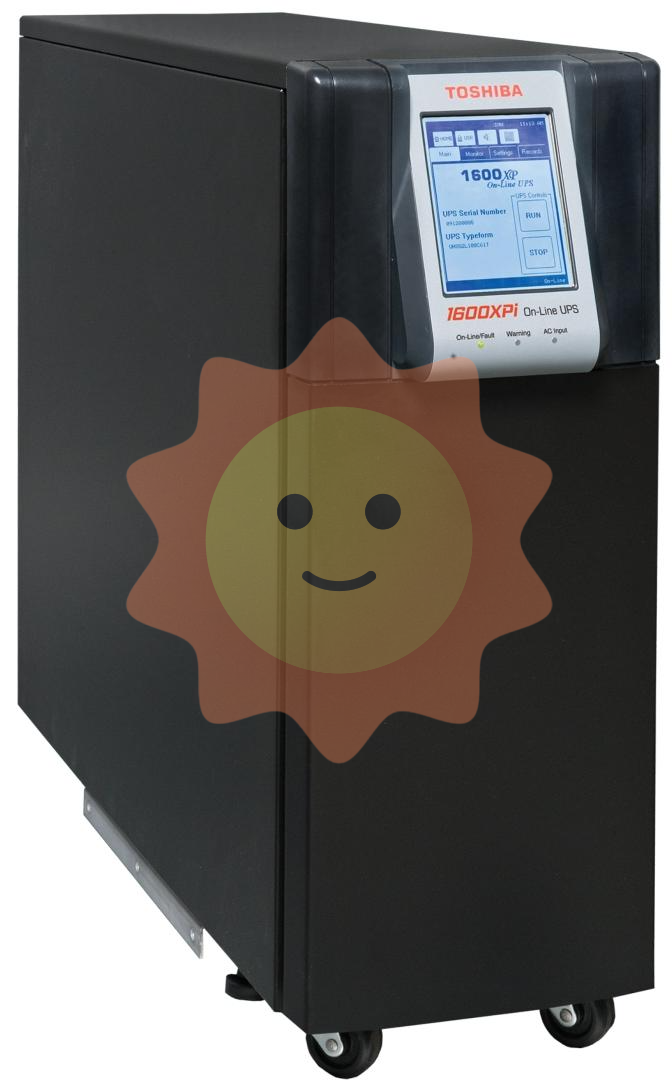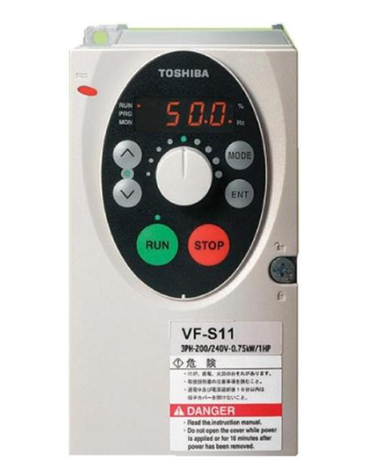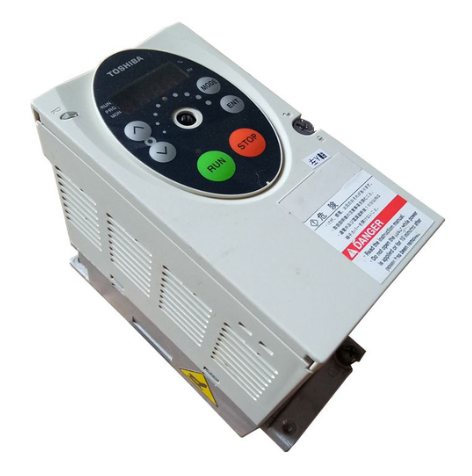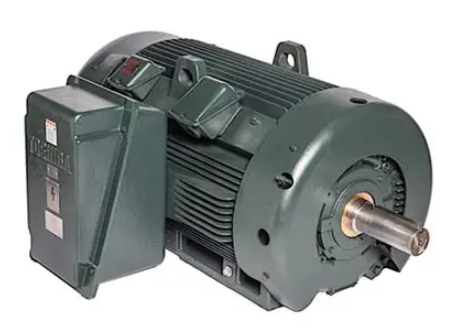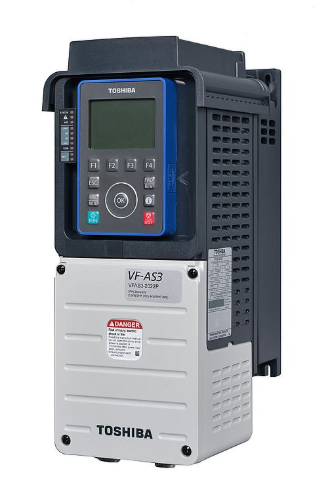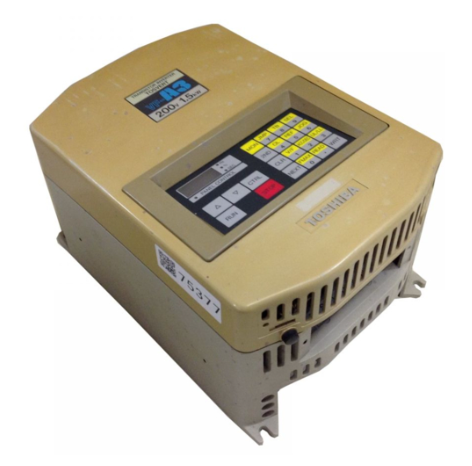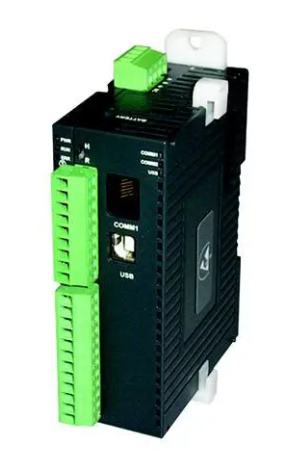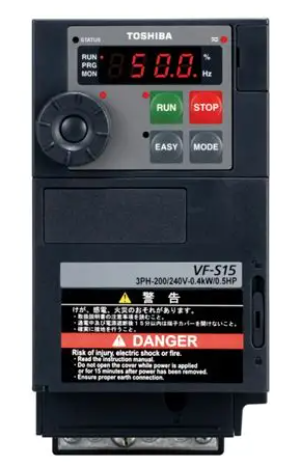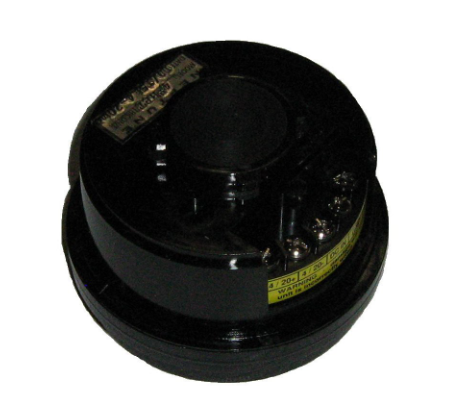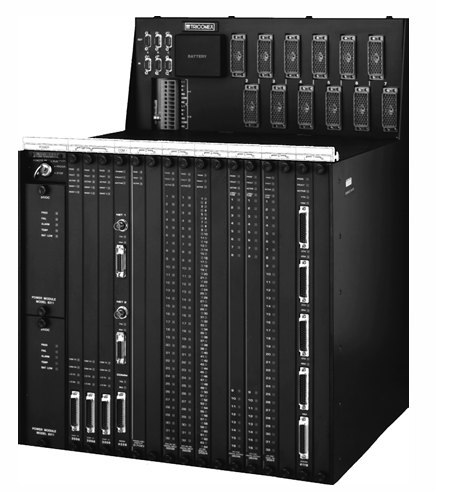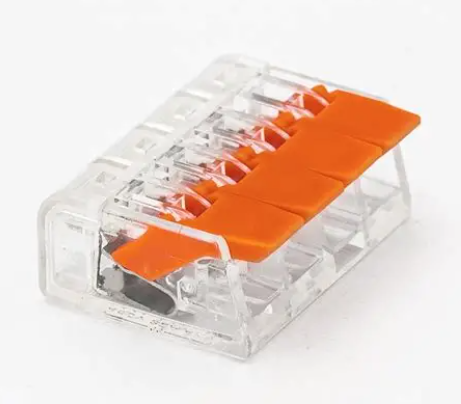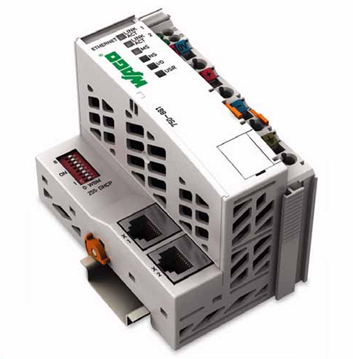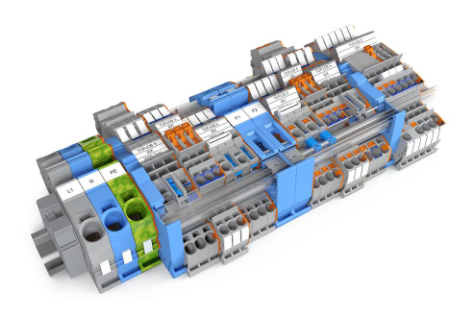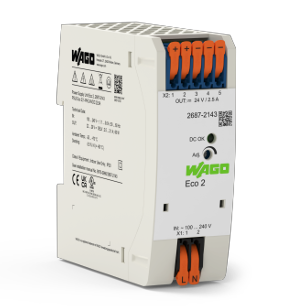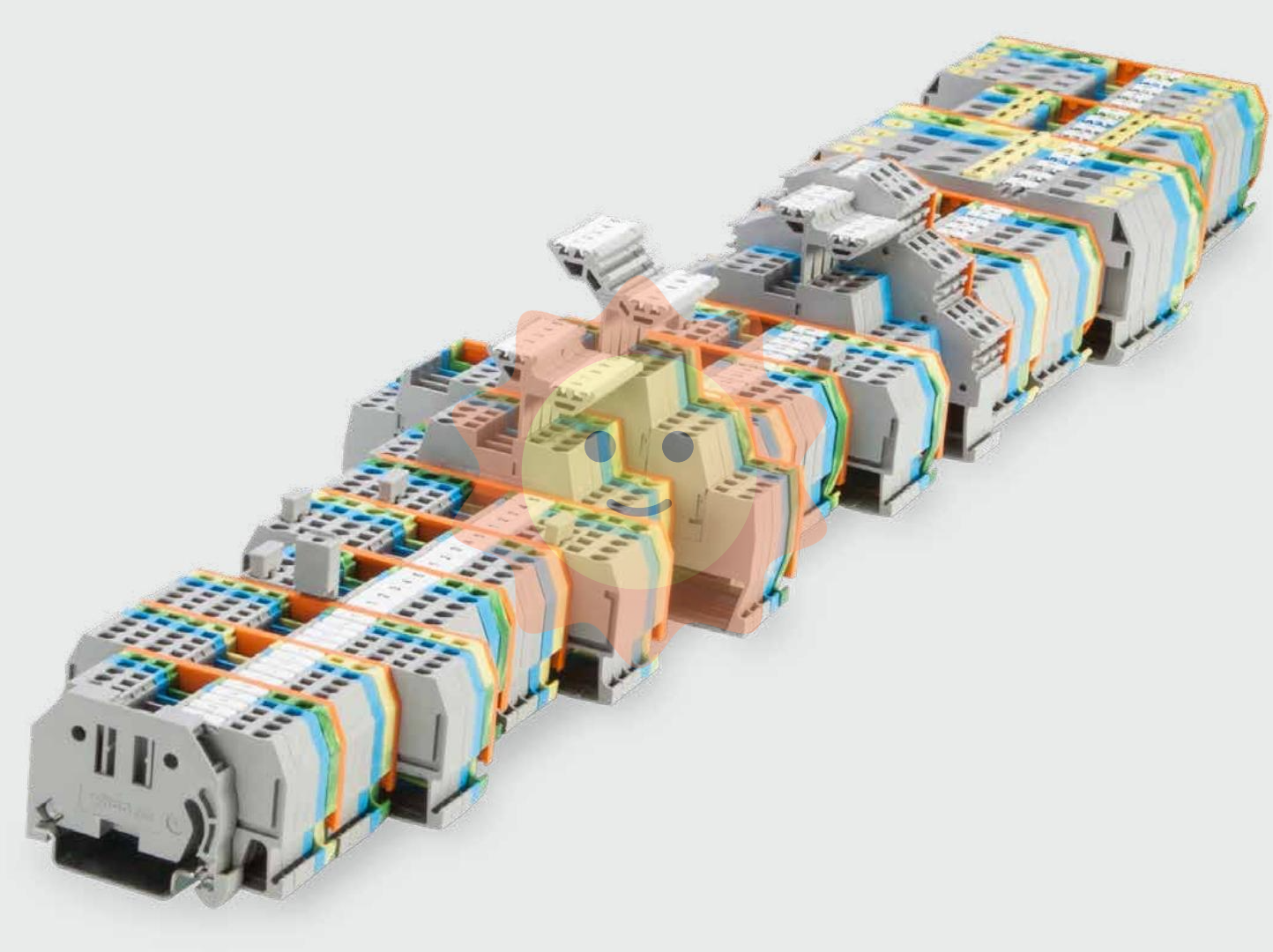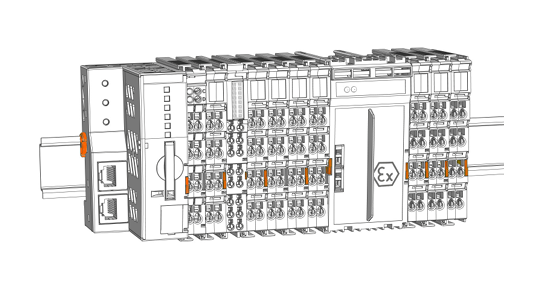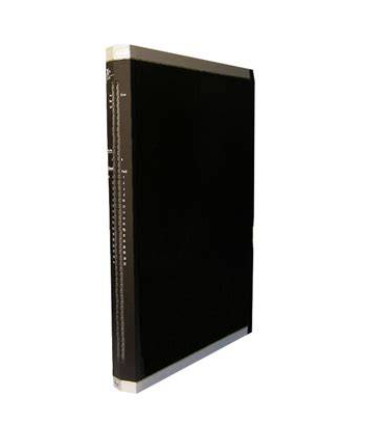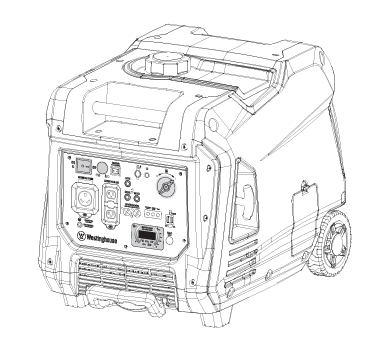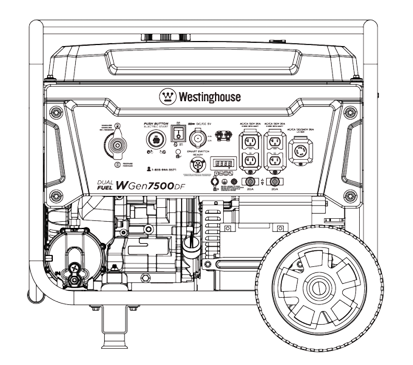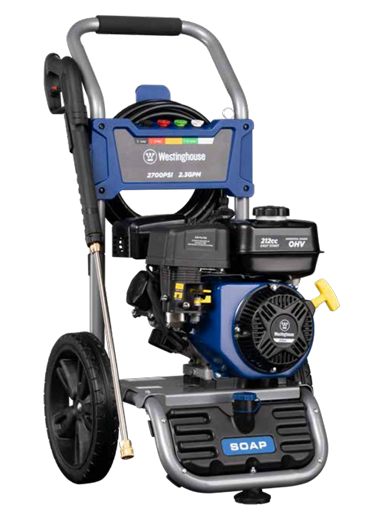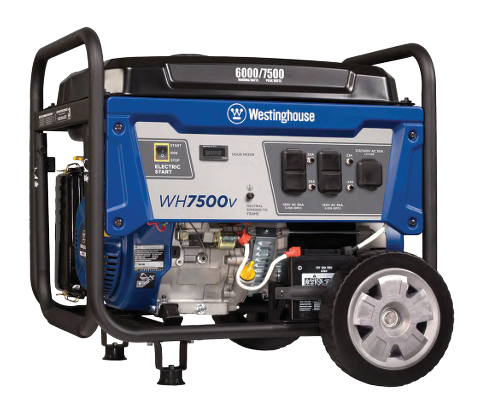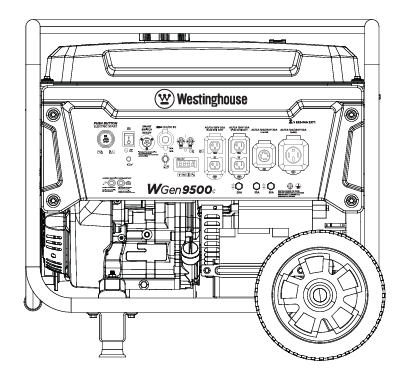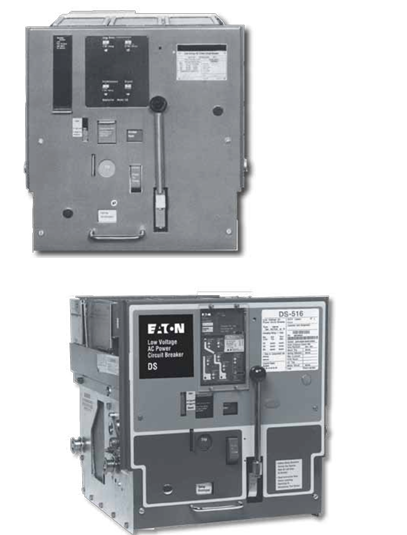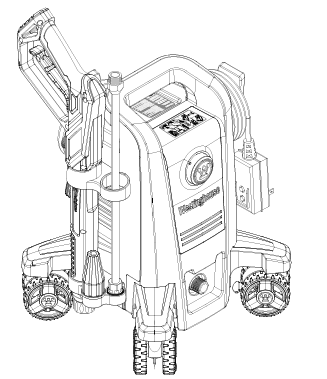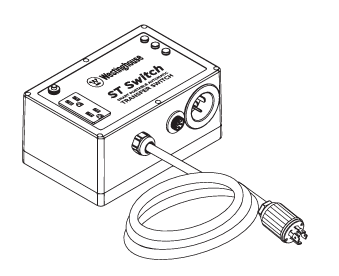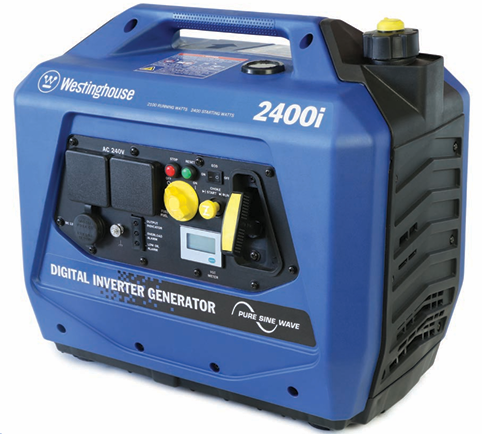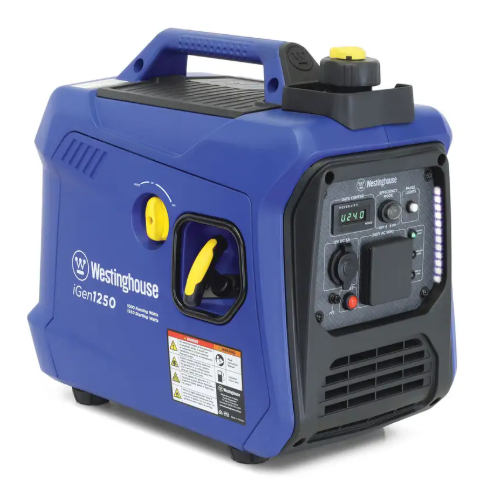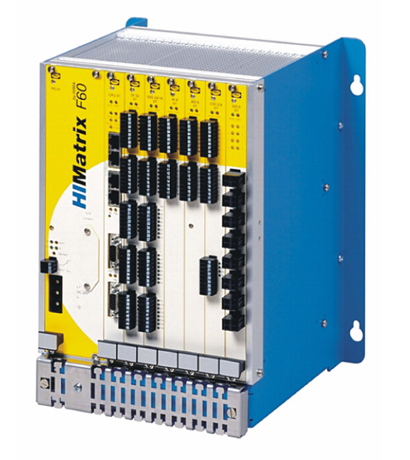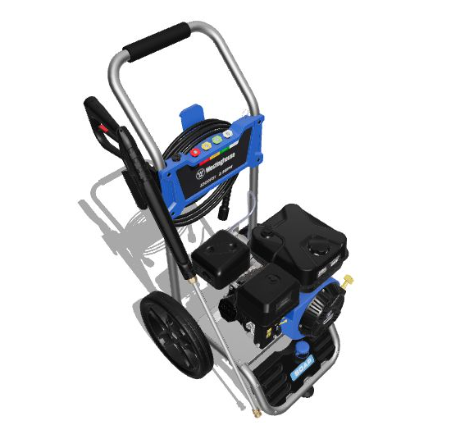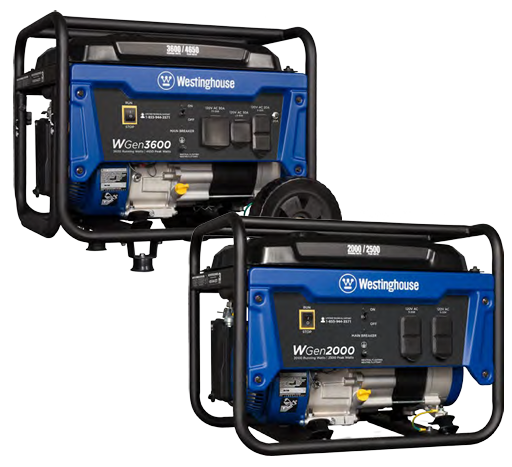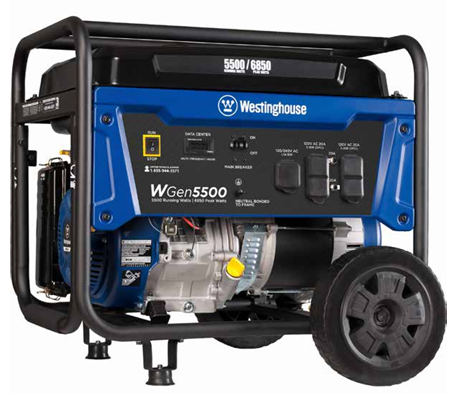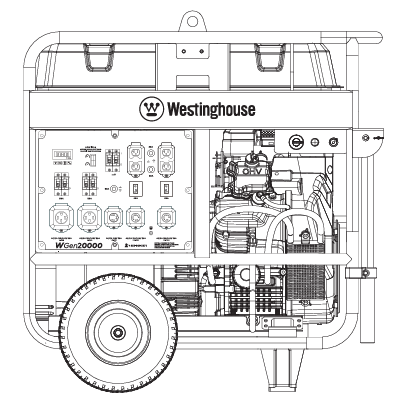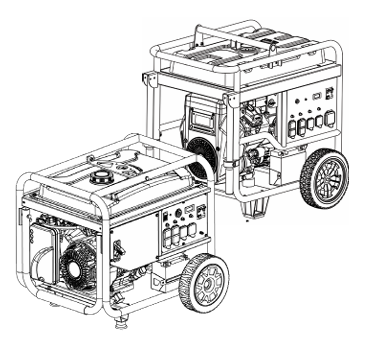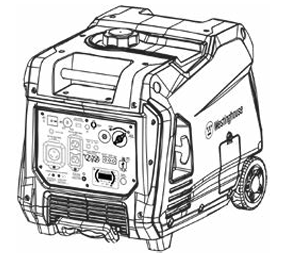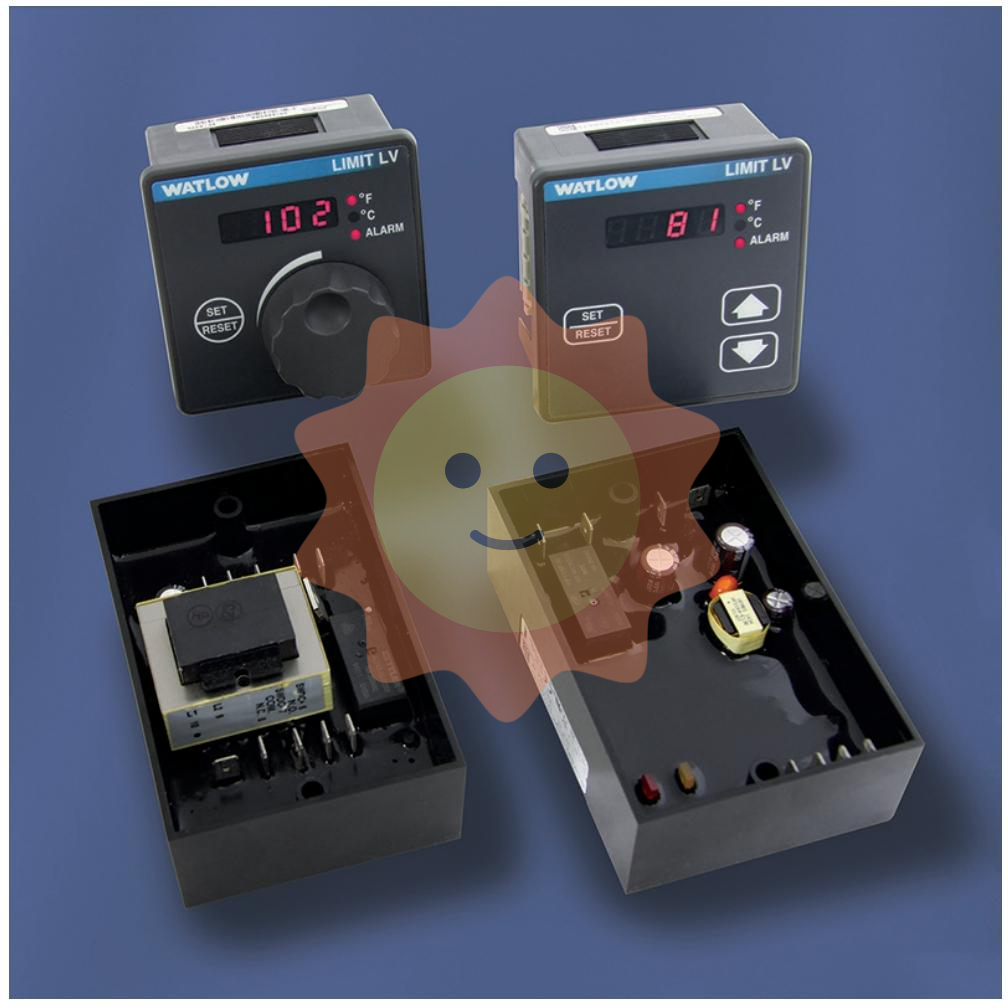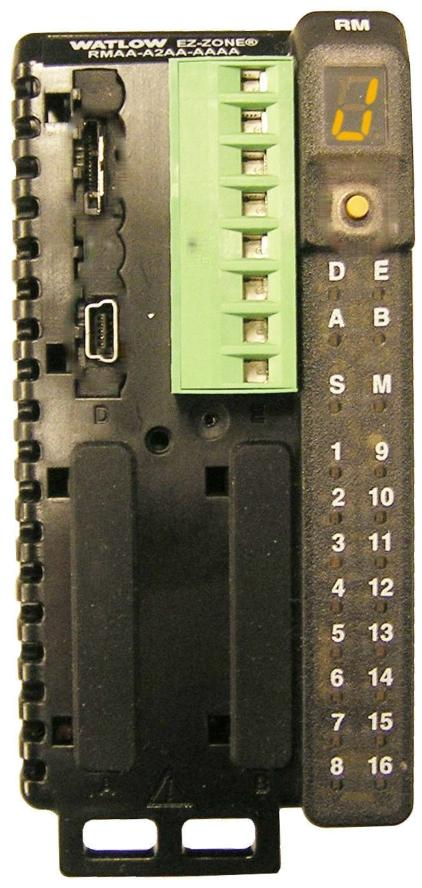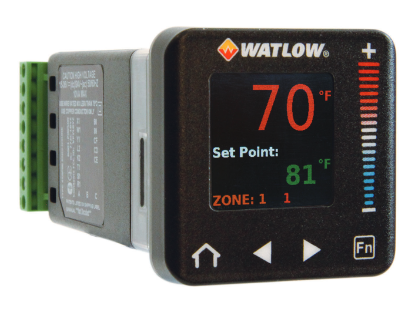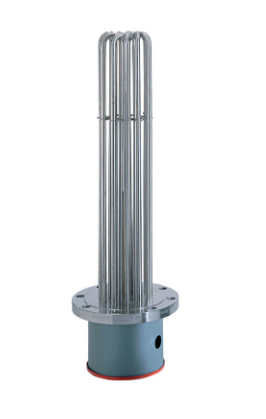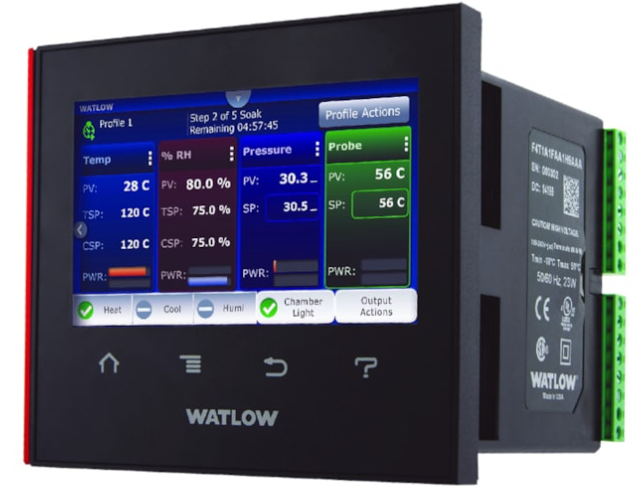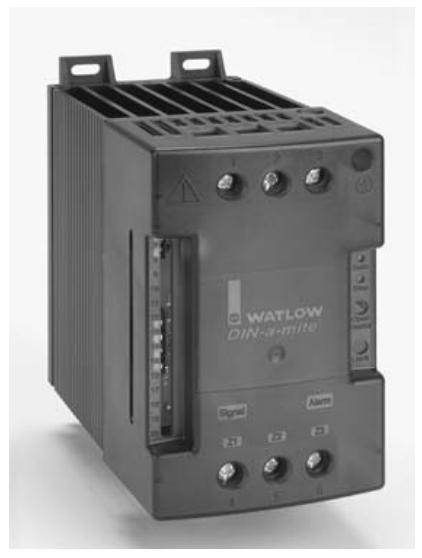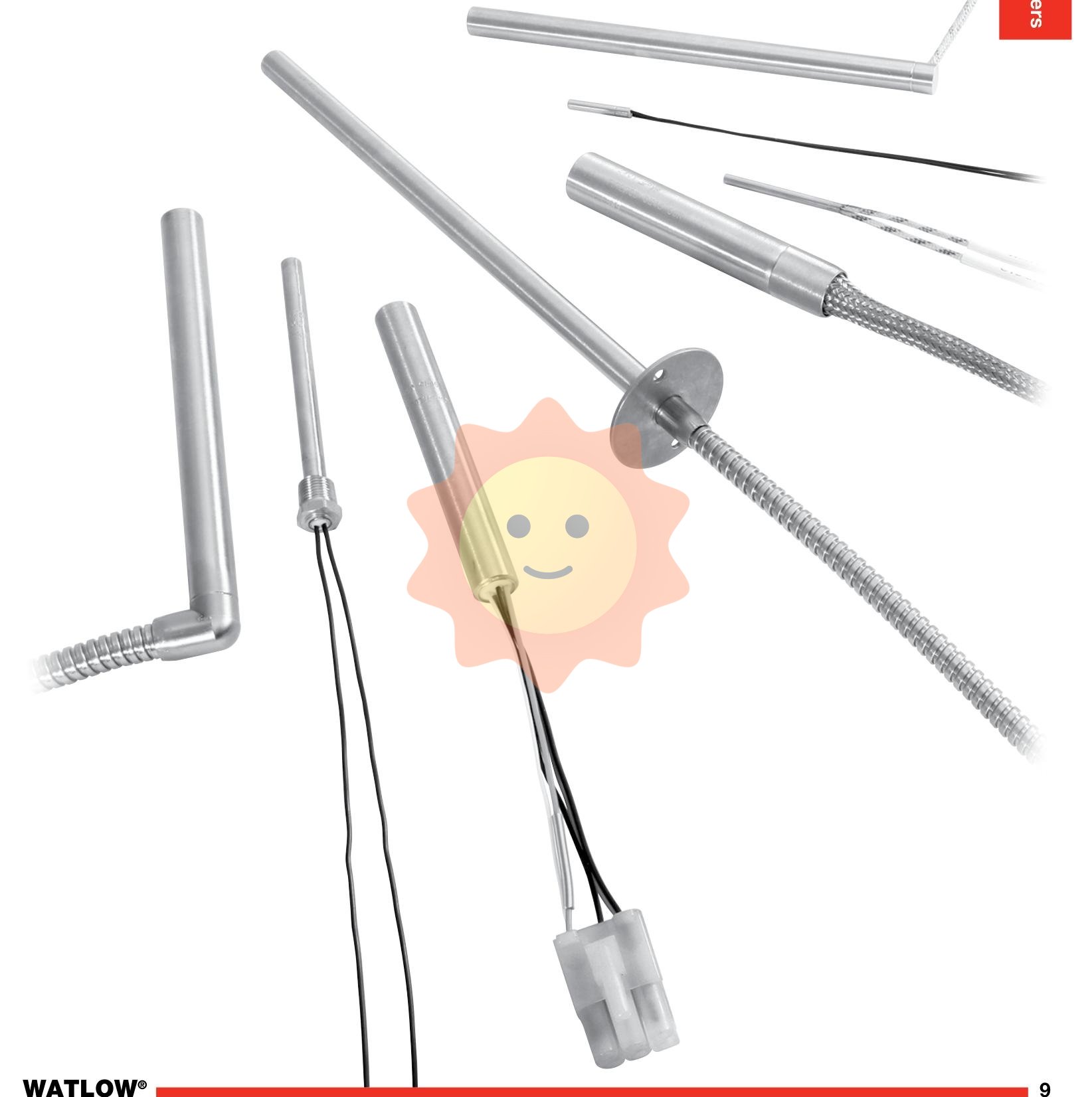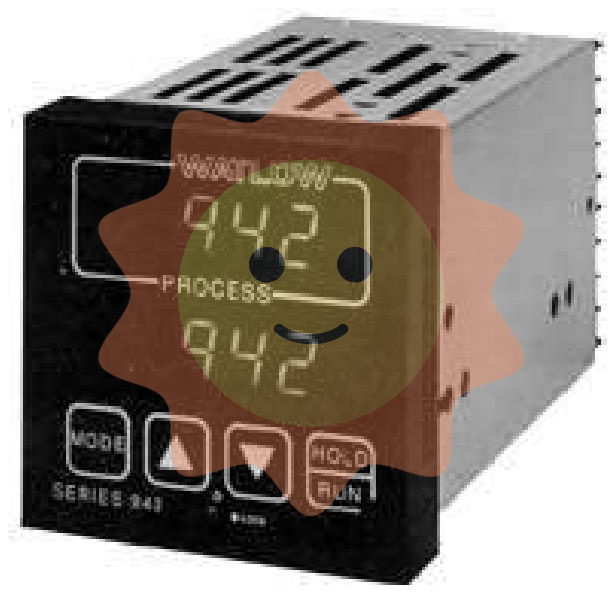GE DS2020FECNRX010A Field Exciter Board
GE DS2020FECNRX010A Field Exciter Board
Part Number DS2020FECNRX010A Manufacturer General Electric Country of Manufacture As Per GE Manufacturing Policy Series Mark VI/VIe Function Module Availability In StockDS2020FECNRX010A is a Field Supply Amplifier Board developed by GE under drive control system. A Field Supply Amplifier Board is a component commonly found in turbine control systems. Its main function is to amplify the low-voltage signal received from the field supply and provide a high-voltage output to the turbine control system.
It is typically located near the turbine control system's voltage regulator, where it receives the low-voltage signal. It amplifies the signal to the appropriate level needed by the control system and provides a stable and reliable source of power to the system. It is a type of field exciter that is designed for use in industrial power generation and distribution applications. It has a 24 A NRX capability and makes it an ideal choice for use in demanding industrial environments where high current loads are common. It also features a 10 A shunt, which provides additional protection against electrical overload and other types of damage.
This helps to ensure that the device remains reliable and long-lasting, even when used under challenging operating conditions. Features Multiple prong-type connectors are also included on this GE Line Protection Board. The board is mounted on standoffs on another drive component. The signal wires that connect the board to the component to which it is connected begin on the component to which it is attached. The board and the component to which it is connected produce heat and are intended to be connected to a high-voltage current. As a result, the drive must be placed in an atmosphere with enough free-flowing air to keep the drive and its components cool. Once the drive is mounted, you'll observe if it stays cool or if the temperature rises to the point where it reaches the high-temperature threshold and shuts down.
First, assess if the drive will be surrounded by other heat-generating equipment and if the components will be too close together. Even if the gadgets generate heat, there is room for the hot air to escape. Fans may be required between the drives and other devices. Hoods are sometimes used to gather warm air and vent it out into the surroundings. Make sure the hoods are clean and large enough to do their job. Make sure there is no equipment in surrounding rooms that heat the walls and contributes to the heat around the drive. Jumpers and Terminal Blocks: Features 7 jumpers and 2 terminal blocks with 3 terminals each.
The jumpers are labeled JP1 through JP7, and they serve as connectors or switches to configure specific settings or connections on the board. The terminal blocks provide a convenient way to connect wires or cables to the board, typically for power or signal purposes. Prong-Type Connectors: Incorporates a number of prong-type connectors. These connectors are designed to establish electrical connections with external devices or components. They usually consist of male and female connectors that fit together securely, ensuring reliable signal or power transmission. Mounting and Standoffs: Mounted on standoffs, which are raised supports that provide spacing between the board and another drive component.
This arrangement allows for proper airflow around the board, promoting cooling and preventing heat buildup. The standoffs ensure a secure and stable attachment of the board to the drive component. Signal Lines and Source: The signal lines, which carry data or information, connect to the board and originate from the attached component. These lines establish the communication pathway between the board and the external devices or systems it interacts with. The attached component serves as the source of these signals, providing input or output data to or from the board.
Heat Generation and Cooling: Both the board and the attached component produce heat as they operate. To maintain optimal performance and prevent damage, the drive must be placed in an area with adequate airflow. Freely moving air helps cool the drive and its internal components. Proper cooling is essential to avoid overheating, which could lead to system malfunctions or automatic shutdowns. Characteristics Jumpers and Terminal Blocks: The board features 7 jumpers and 2 terminal blocks with 3 terminals each. The jumpers are labeled JP1 through JP7, and they serve as connectors or switches to configure specific settings or connections on the board. The terminal blocks provide a convenient way to connect wires or cables to the board, typically for power or signal purposes. Prong-Type Connectors: The board incorporates a number of prong-type connectors.
These connectors are designed to establish electrical connections with external devices or components. They usually consist of male and female connectors that fit together securely, ensuring reliable signal or power transmission. Mounting and Standoffs: The board is mounted on standoffs, which are raised supports that provide spacing between the board and another drive component. This arrangement allows for proper airflow around the board, promoting cooling and preventing heat buildup. The standoffs ensure a secure and stable attachment of the board to the drive component. Signal Lines and Source: The signal lines, which carry data or information, connect to the board and originate from the attached component.
These lines establish the communication pathway between the board and the external devices or systems it interacts with. The attached component serves as the source of these signals, providing input or output data to or from the board. Heat Generation and Cooling: Both the board and the attached component produce heat as they operate. To maintain optimal performance and prevent damage, the drive must be placed in an area with adequate airflow. Freely moving air helps cool the drive and its internal components. Proper cooling is essential to avoid overheating, which could lead to system malfunctions or automatic shutdowns. Temperature Monitoring: Once the drive is in operation, it is crucial to monitor its temperature.
If the temperature exceeds a specific threshold, the system may be designed to automatically shut off to prevent damage. This feature ensures that the drive remains within safe operating limits and avoids potential hazards caused by excessive heat buildup. Proximity to Other Heat-Producing Equipment: It is important to consider the proximity of other heat-producing equipment to the drive. If the drive is surrounded by such devices, it may experience higher ambient temperatures, leading to increased heat accumulation. To mitigate this issue, sufficient space should be provided to allow warm air to escape and prevent heat buildup. Additionally, the presence of other electronics near the drives may necessitate the use of fans or additional cooling mechanisms to maintain proper operating temperatures for all components involved.
Contact and Solenoid Outputs For contact outputs, the Mark V only employs magnetic relays of the plug-in variety (no solid state outputs). Each contact is a three-wire form C with a common center conductor, one generally open and one normally closed contact. In a TMR system, the three controllers R, S, and T each independently decide the contact output state, and the relay driver casts two of the three votes. A diagnostic alarm is announced if there is a disagreement among the three controllers. Depending on the jumper settings made on the terminal boards, some outputs can be internally powered by either 115 V or 125 V ac. Transformer-mechanical relay contacts are rated out of the box.
Servo-Valve Automatic Calibration The process of Servo-Valve Automatic Calibration, also known as AUTOCAL, is a function that establishes a precise relationship between the position of a servo-valve and the corresponding feedback voltage it generates. This calibration process plays a crucial role in achieving accurate and reliable position control of the servo-valve outputs (SVOs) within a system. AUTOCAL focuses specifically on calibrating the feedback signals in the position control sections of the different SVOs. These signals provide crucial information about the actual position of the servo-valve and are used to ensure precise control and movement of the actuator or device it is associated with.
The calibration process involves calculating the values of I/O Configuration Constants. These constants are used to scale the input voltage signals received from the device's position, and they determine the proportional voltage output from the feedback devices, typically Linear Variable Differential Transfer/Reactor (LVDT/R). Before initiating the automatic calibration process, several prerequisites must be met. Firstly, the actuator or device connected to the servo-valve must be mechanically adjusted to ensure that it operates within the desired range of motion. This includes setting the mechanical end stops correctly, which define the limits of the actuator's movement. Additionally, the LVDT/R, which is responsible for providing feedback on the position of the servo-valve, needs to be adjusted accurately to the correct minimum voltage position.
This ensures that the LVDT/R provides consistent and reliable feedback throughout its operating range. Once these mechanical adjustments and LVDT/R positioning are correctly set, the AUTOCAL function can be executed. During the calibration process, the system calculates and determines the appropriate I/O Configuration Constants for each SVO's position control section. These constants serve as scaling factors, converting the input voltage signals into proportional feedback voltages that accurately represent the position of the servo-valve. By calibrating the feedback signals through AUTOCAL, the system achieves enhanced precision and accuracy in controlling the servo-valve and, consequently, the associated actuator or device.
This calibration process ensures that the servo-valve operates within the desired range, accurately responds to control inputs, and provides reliable position feedback for optimal system performance. Product Attributes The primary purpose is to amplify and regulate the field supply, ensuring stable and uninterrupted operation. This product boasts several key attributes and installation considerations that are essential for optimal functionality. Power Supply Requirements To power the board, a +5 V dc power supply with a current rating of 6 A is required. This supply voltage is crucial for enabling the board to effectively manage the field supply within the drive system. Relay Channels for Versatile Control Features 12 relay channels, providing a high degree of flexibility and versatility in controlling and switching various electrical signals and components within the drive system.
This capability empowers your system to adapt to different operational requirements. Primary Power Input The specified power supply voltage for the FECNRX010A is 28 V dc, serving as the primary power input for the board. This voltage is essential for sustaining the board's operations and ensuring its reliability. Board Configuration The board incorporates 7 jumpers, identified as JP1 through JP7, allowing for customizable configurations to suit specific operational needs. Additionally, it features 2 terminal blocks, each equipped with 3 terminals, enhancing connectivity options. Installation and Environmental Considerations Mounting: Install the board on standoffs, securely affixed to another component within the drive system. Signal Wires: Ensure that signal wires connecting to the board originate from the attached component, maintaining a secure and reliable connection.
Heat Generation: Both the board and the attached component generate heat due to high-voltage current connections. Cooling Requirement: To prevent overheating, the drive and its components must be placed in an environment with free-flowing air for adequate cooling. Temperature Monitoring: After installation, diligently monitor the drive's temperature. If it approaches a high-temperature threshold, it may automatically shut off to prevent damage. Nearby Devices: Check if surrounding heat-generating devices might affect the drive's temperature. Ensure adequate spacing between components. Ventilation: Create space for heated air to escape. Consider installing fans between drives and other devices to ensure proper ventilation. Fan Functionality: Confirm that any installed fans are capable of moving enough air and are in good working condition to assist in cooling. Hood Usage: Hoods can be employed to collect and exhaust heated air from the environment if necessary to regulate temperature. Hood Maintenance: Regularly clean and maintain hoods to ensure they are appropriately sized and functioning effectively to dissipate heat. Application Software Application software is developed using in-house software automation tools that select and integrate proven GE control and protection algorithms with the I/O, sequencing, and displays for each application.
Fixed-point data can be processed at a frame rate of 62.5 ms (16 Hz). The frame rate is the amount of time it takes to read control inputs, condition them, run application software, and send output commands to the control valves. While the turbine is running, changes to the application software can be made with password protection and downloaded to the control module. All application software is stored in nonvolatile EEPROM memory in the control module. The application software is executed sequentially and is represented in the form of a ladder diagram. Maintenance personnel can add or change analog loops and sequencing logic using a library of software building blocks. There are also math blocks available.
The application software documentation, which includes the primary elementary diagram, I/O assignments, and tuning constant settings, is generated directly from the source code and can be printed on-site. System Control Panel To monitor, control, and protect the unit, the TMR control panel employs three identical control processors, R, S, and T (collectively referred to as Q). Each of the three control processors performs the same operations. The majority of the inputs to the three control processors, as well as the majority of the outputs, are voted on. The Simplex control panel is made up of one control processor, R. As a result, it does not use SIFT technology and is incapable of controlling or protecting a turbine while its single control processor is being repaired. A communicator processor, C; a protective core, P; a power distribution core, PD; a communicator processor digital I/O core, CD; and a control processor digital I/O core, QD1 round out a typical Mark V control panel. A backup communicator processor, D, and additional digital I/O core(s), QD2, are available as optional cores.

- User name Member Level Quantity Specification Purchase Date
- Satisfaction :
-









Email:wang@kongjiangauto.com

